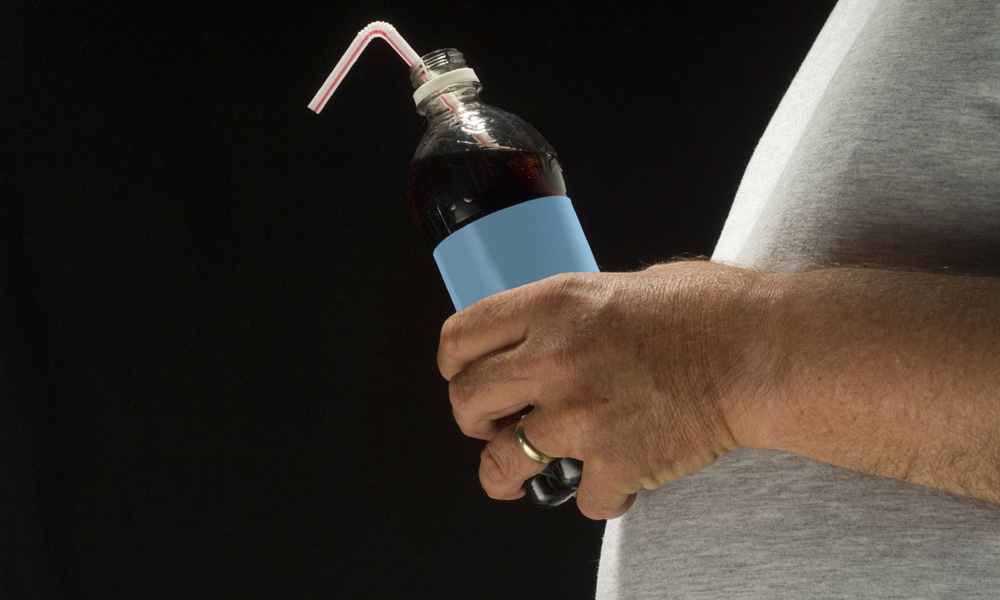Ninety-six national health organizations, including the American Diabetes Association, have accepted money from the nation's two largest soda companies since 2011. Simple charity? A new study that follows the money trail argues that it is not.
The authors suggest that Coca-Cola and PepsiCo expect something in return.
As evidence, they offer the case of Save the Children, a group that once promoted a tax on soda. They received $5 million from Coca-Cola and PepsiCo in 2009, and in 2010, they stopped pushing for a soda tax. There's no way to prove that the funding was the cause of this change, but it certainly seems possible.On average, people in the U.S. drink 46 gallons of soda a year. One estimate attributes one-fifth of the nation's weight gain between 1977 and 2007 to soda consumption.
Between 2011 and 2014, the Coca-Cola Company spent an average of more than $6 million per year on lobbying, while PepsiCo spent more than $3 million per year. Spending spiked in 2009 when there was talk of implementing a federal soda tax. That year, Coca-Cola spent $9.4 million, PepsiCo spent $9.5 million, and the American Beverage Association an additional $18.9 million.
What is all this money buying? No one can say for sure. But the two soda companies and their lobbying arms opposed 28 bills or regulations between 2011 and 2015. These range from laws that would have authorized soda taxes to legislation that would have placed cigarette-like warnings on soda containers.
On average, people in the U.S. drink 46 gallons of soda a year. One estimate attributes one-fifth of the nation's weight gain between 1977 and 2007 to soda consumption.Spending spiked in 2009 when there was talk of implementing a federal soda tax. That year, Coca-Cola spent $9.4 million, PepsiCo spent $9.5 million, and the American Beverage Association an additional $18.9 million.
The authors suggest that perhaps soda company funding should be viewed the same way.
The Academy of Nutrition and Dietetics, the American Academy of Pediatrics, the American Academy of Family Physicians and the American College of Cardiology all declined to renew their contracts with Coca-Cola at the end of 2015. And the University of Colorado School of Medicine returned a $1 million grant to them in 2015. The authors see these organizations as trailblazers.
The study appears in the American Journal of Preventive Medicine.





